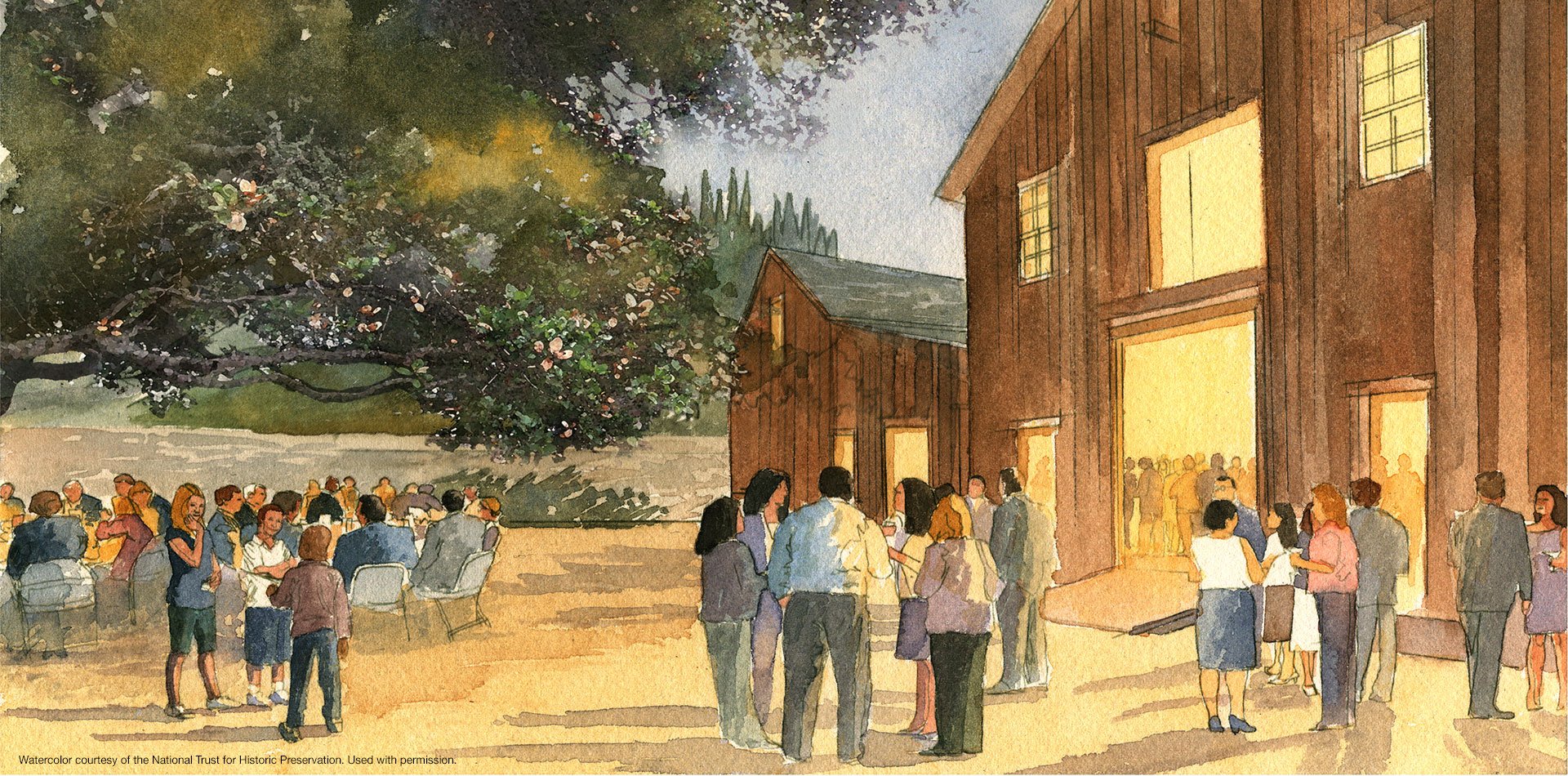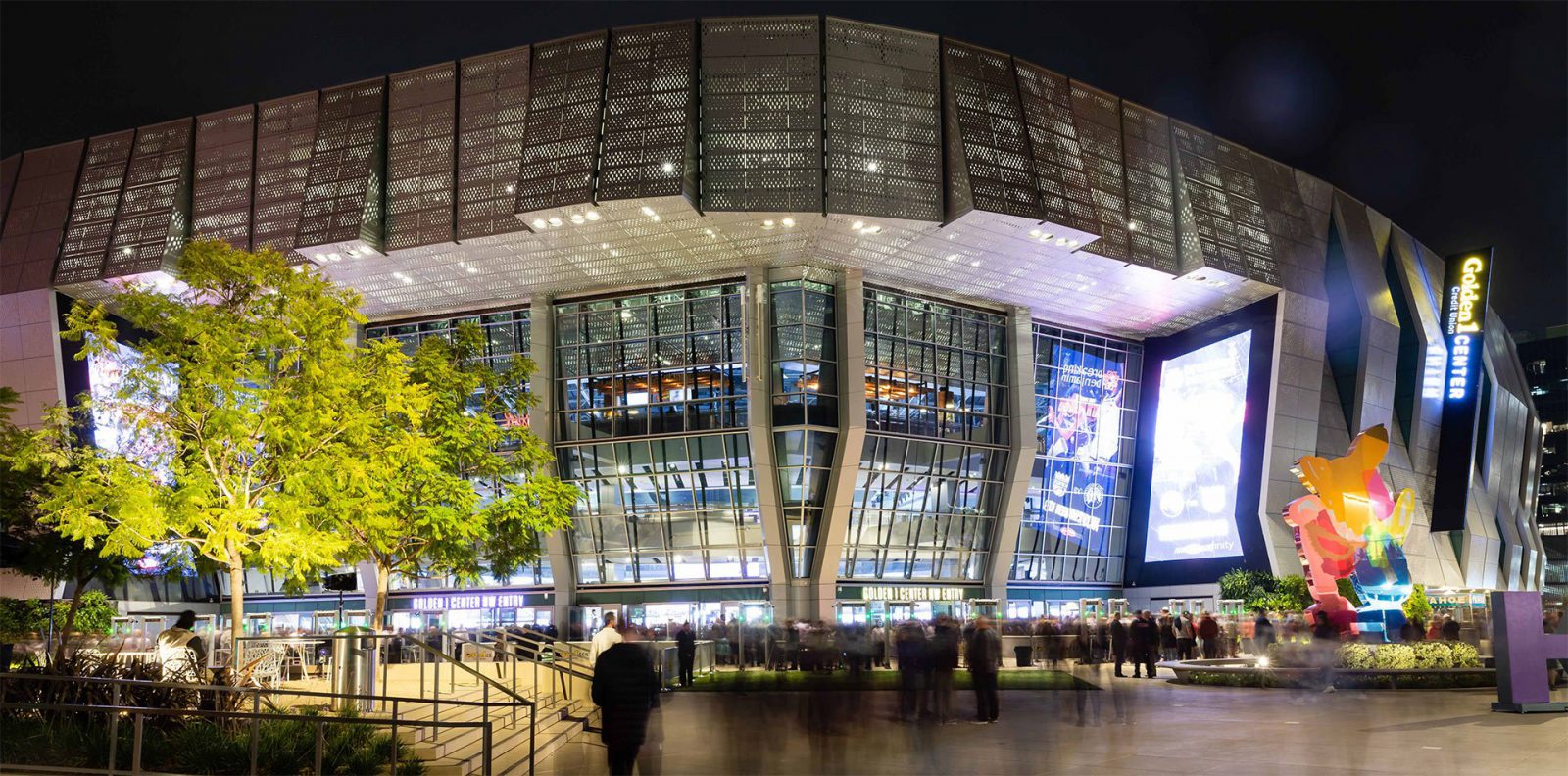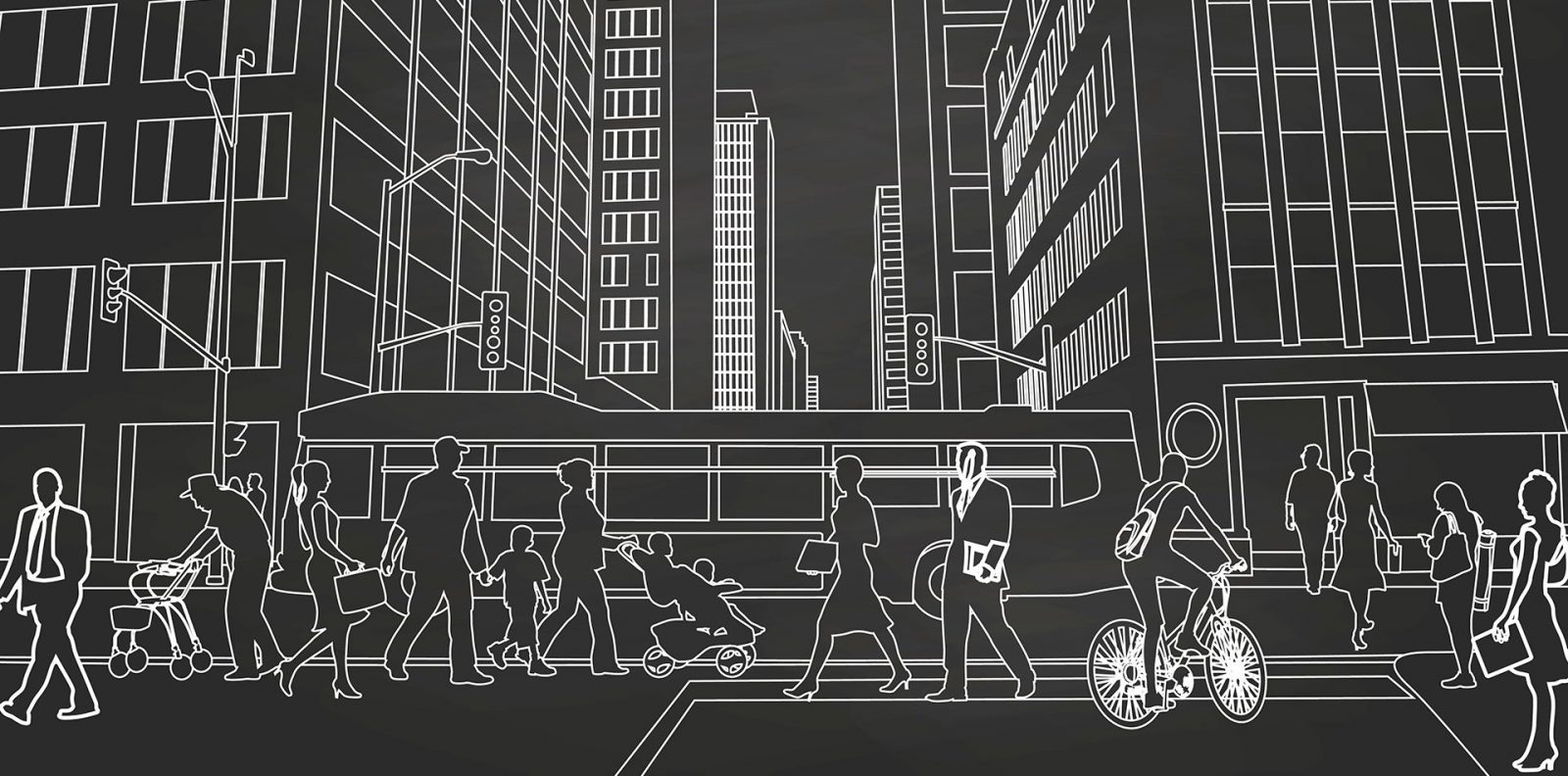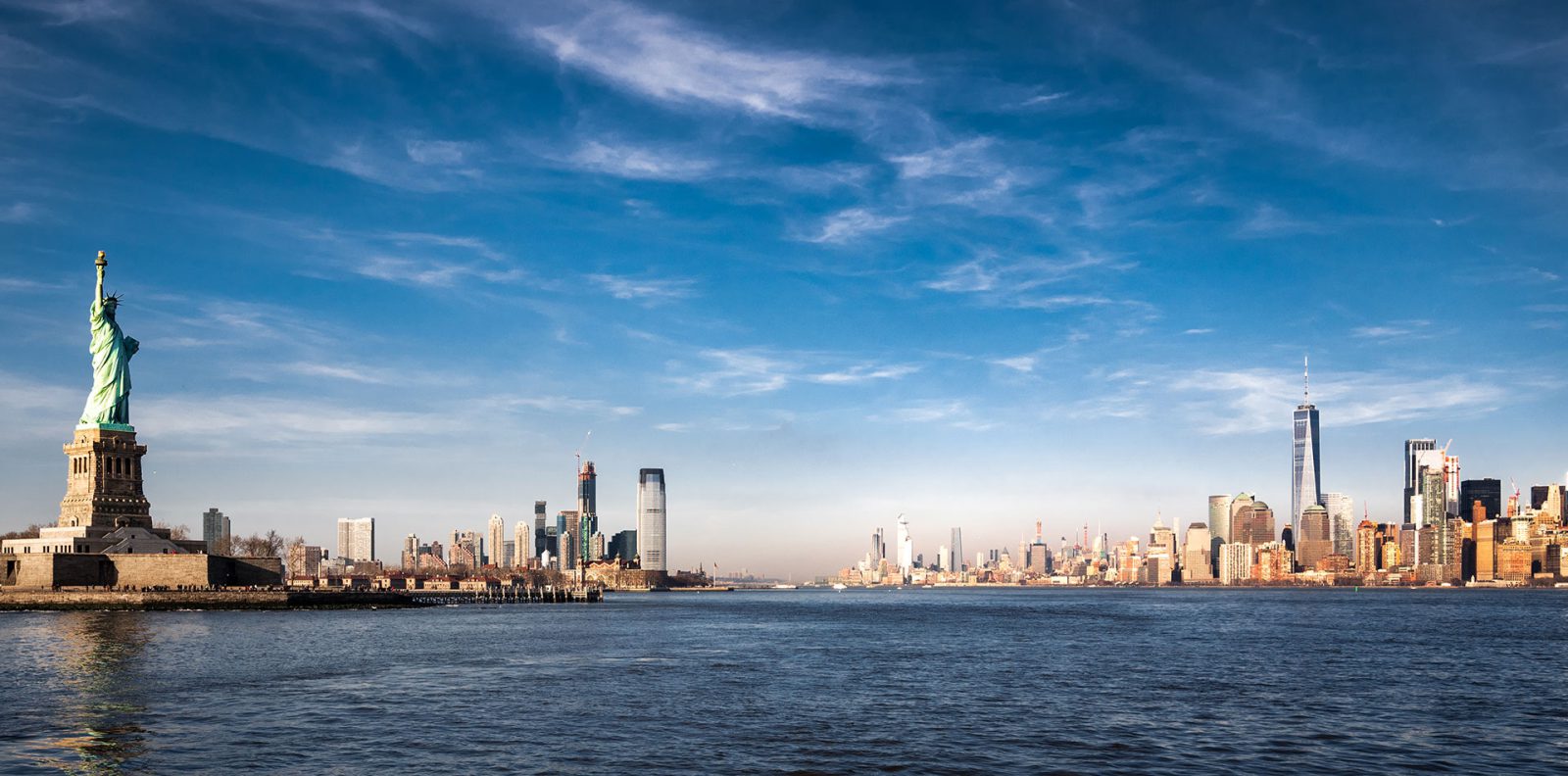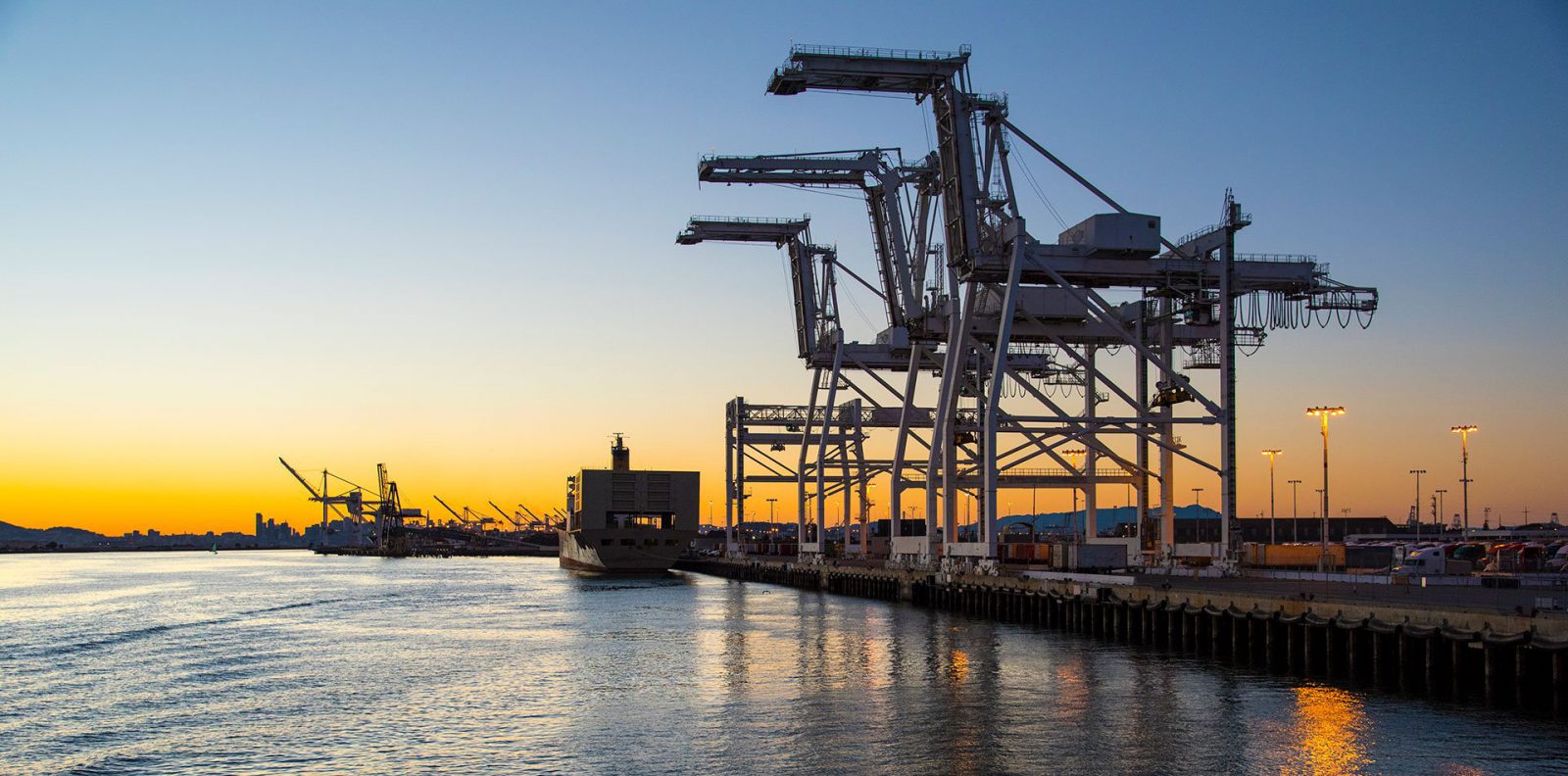The Cooper-Molera Adobe is one of the most important remaining representations of the Mexican Republic and early American eras in California. Visitors from around the world tour the Adobe, part of the Monterey Old Town National Historic Landmark District.
The site’s history is rooted in the Californio community that grew up around the Monterey Presidio—a diverse group of mixed-ancestry Californians united not just by blood but also by common cultural practices. (View a timeline of the Adobe’s residential and commercial history.) The National Trust for Historic Preservation acquired the property in 1968, granting a 30-year lease to California State Parks, which operated the site as a part of the Monterey State Historic Park. While undertaking major restoration work, State Parks generated one of the richest historical archaeological collections in California, forming the core of the on-site museum.
As the lease neared expiration, the National Trust proposed a revitalization project as a tribute to the property’s past and as an investment for its future and ongoing preservation. Teaming with the local community and developer Foothill Partners, Inc., Architectural Resources Group designed a thoughtful revitalization program that adaptively reuses the property with commercial enterprises complementary to historical uses. To make this project a reality, the City of Monterey prepared a Class 31 Categorical Exemption, which exempts restoration projects that comply with the Secretary of the Interior’s Standards for the Treatment of Historic Properties (CEQA Guidelines Section 15331). Standard 8 states that “significant archeological resources affected by a project shall be protected and preserved. If such resources must be disturbed, mitigation measures shall be undertaken.” In response, ESA developed an Archaeological Research Design and Treatment Plan with strategies that emphasized preservation whenever possible, and a program of research-driven archaeological testing, data recovery, and construction monitoring for areas of impact.
ESA archaeologists have made many notable discoveries, including a large well behind the Cooper Adobe, several segments of foundations or old courtyard walls that once divided the property, and numerous trash pits. Of particular interest is a pit near the Cooper cookhouse that contained an iron cooking vessel, a butchered whale vertebra, a huge quantity of animal bone, and a rarely seen diversity and quantity of Chinese ceramics, which likely reflect the multiple trading voyages of Captain John Roger Cooper (the American merchant and sea captain who arrived in Monterey in 1823). Once the archaeological studies are complete, artifacts will be exhibited on-site or permanently curated into the existing State Parks collection.
In a field where preservation is our first priority, we are delighted that history will again take center stage when the Cooper-Molera Adobe reopens in summer 2018 and becomes a unique focal point for the local community and visitors alike. The Spear Warehouse will be adapted for use as a restaurant, emphasizing traditional forms of California’s culinary legacy. The former corner store and bakery will be reopened as a bakery and café with inviting outdoor seating. The barns, which rise prominently above the courtyard walls, will provide rentable event space and are being painstakingly retrofitted to code while maintaining the look and feel of the original redwood siding. New construction, required to house modern support services such as kitchens, will be carefully placed to blend into the landscape and avoid affecting the fabric of the historic structures. The site’s historic garden, open to the public since 1972, will remain accessible and will be maintained with traditional plantings for restaurant use and as a learning tool for school groups. Areas within the adobe buildings will be reserved for historic site interpretation, including an archaeological exhibit, giving guests and community members a chance to learn more about the Californio story of Monterey.
You can also find more information on the project by visiting the National Trust’s website and by watching the City of Monterey’s video.
